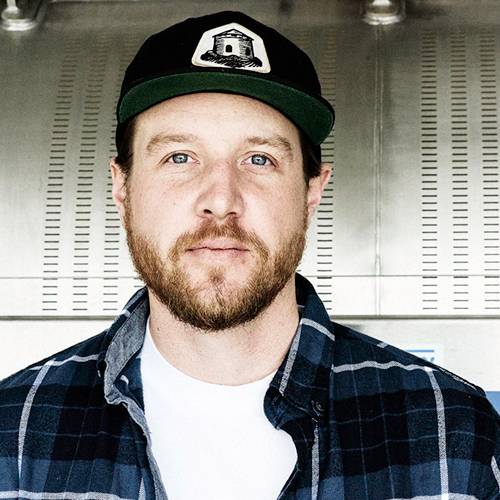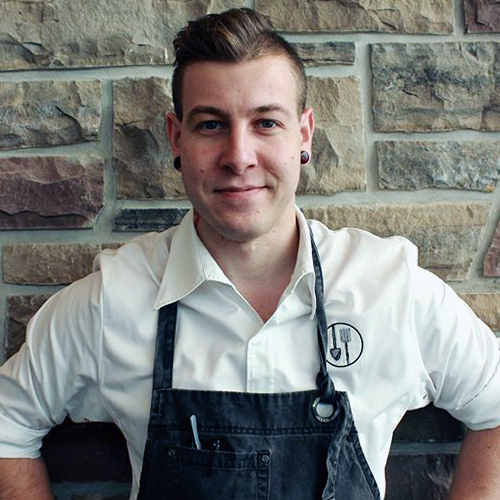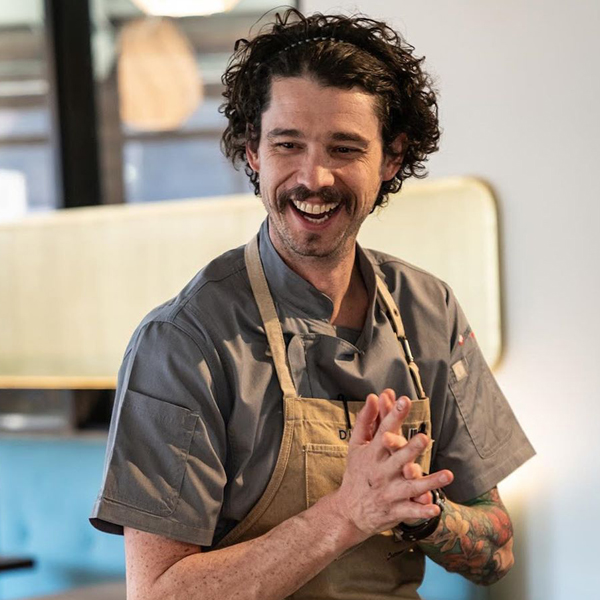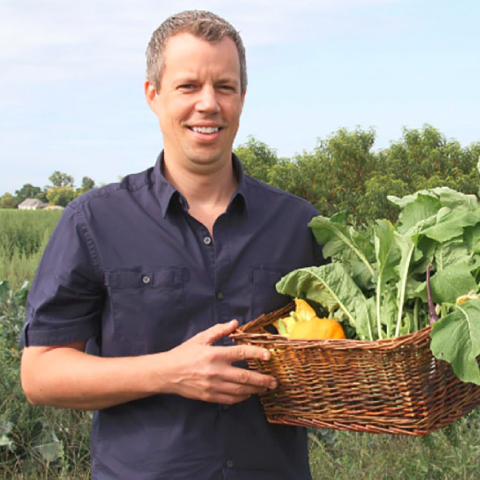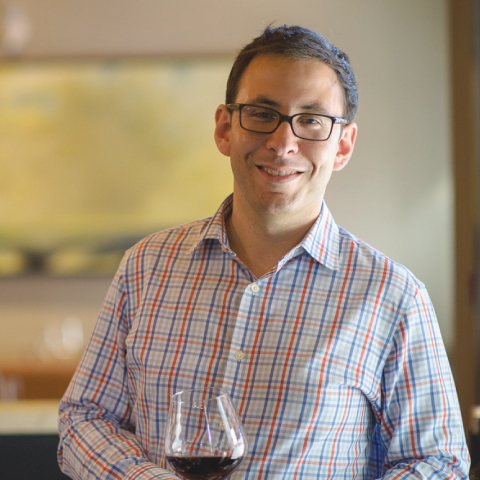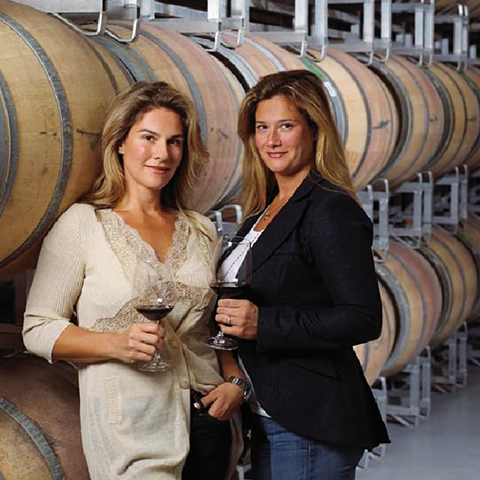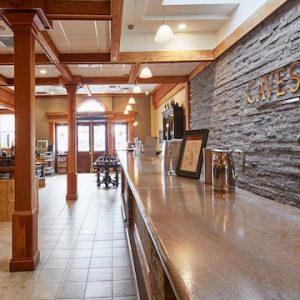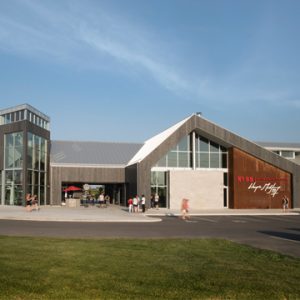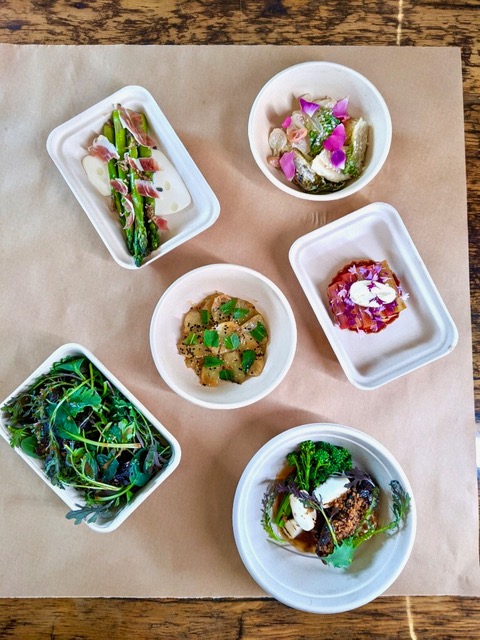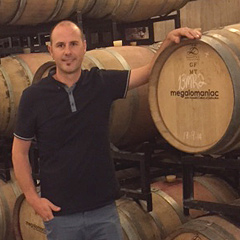David Sider: A winery chef to break the mold
David Sider knows it isn’t easy cooking with local ingredients.
It’s not that the chef at the restaurant at Redstone Winery has trouble finding foods to best represent Niagara throughout the seasons. Problem is, people who come to the Beamsville establishment to eat get attached to what Sider cooks. They take menu changes hard.
Like that time shortly after Redstone opened in 2015 and Sider put a chilled sweet pea soup on the menu. The spring delicacy was fleeting, just like the star ingredient. And it was much to the disappointment of a diner who returned two months after enjoying a bowl with a craving for another.
“She said, ‘I don’t understand. Why would you do that?’ ” Sider recalled. “We said, ‘It just couldn’t be as good now so why not keep that as a wonderful memory and come back next spring?’”
Still, Sider gets it. The expectation of eating the foods we love whenever the hankering hits is a symptom of restaurant menus that stay static for entire seasons rather than truly reflecting a region at a moment in time. But Sider refuses to indulge that. Instead, he’ll do an entire menu overhaul with his staff as often as every week because keeping chilled sweet pea soup available for Spring’s four-month run wouldn’t be honest.
Sider’s honesty in the kitchen started with doing honest work. The Vineland native washed dishes at nearby Inn on the Twenty as a teen. He liked it — he still does at 32. It’s not unusual to find him rinsing plates at Redstone today for stress relief.
Still, the beautiful food heading from the pass into the dining room caught his eye and, with a bit of convincing, then-chef Kevin Maniaci gave Sider a chance to escape the dish pit to try his hand elsewhere in the kitchen.
Sider took full advantage of the opportunity, all the while being comfortable as the weakest link in the brigade.
“I took the approach of being the awful cook in the kitchen. If you find yourself as a young person in a kitchen and at the bottom of the totem pole, you have lots to learn,” he explained. “I’m the type of person, I like to do well at something, so not being good was very frustrating but it led me to wanting to do more and learn more.”
At home, Sider convinced his parents to spend a little more on groceries so he could practise his knife skills and polish his brunoise. Eventually, Sider wanted to formalize his culinary education and headed to cooking school in Toronto.
His time in the hallowed halls of George Brown College was “a brief affair,” thanks to another teachable moment while working at Splendido, the now-shuttered Toronto institution credited with introducing the city to tasting menus.
The chef asked what Sider wanted to do when he finished school. The answer was easy. He wanted to work at Splendido. “He said, ‘But Dave, you already work here,’ ” Sider recalled. His decision to leave school was made.
But he wasn’t done learning. Sider eventually moved on to Langdon Hall where he worked for nearly five years under Jonathan Gushue, who helped the Cambridge inn earn its five-diamond rating.
Sider liked how Langdon Hall operated with its many moving parts as a hotel and restaurant. He appreciated how special the rural property was with its gardens, and the restaurant’s connections to suppliers. During his time there, he transitioned from a line cook to second in command as chef de cuisine, running service and tasting everything before it left the kitchen. Sider also enabled his team to flourish.
“It was exciting. I still love cooking but it’s exciting to see cooks come into their own as well. It’s like here. Teaching is incredibly important,” he said. “The more things we’re all doing, the more we learn from it. It keeps everybody happy and more inclined to stick around. On the flip side, if you’re not a motivated person, you’re not inclined to stick around, which is also OK.”
Sider headed west in 2013, working as restaurant chef at the storied Wickininnish Inn in Tofino, BC. In a way, it was a whole new world for a culinarian who’d carved out a career path in landlocked Ontario.
“It taught me how to cook fish,” Sider said with a laugh. “I was being trained in the sauce section and I thought, ‘Oh my God, I’m supposed to be this guy’s boss and I can’t cook fish.’ Here, even oysters can be a tough sell… whereas there, it’s almost a culture. The huge beach oysters — people here would be terrified.”
Even perfectly prepared salmon would cause consternation here, he added, because it would seem undercooked.
Returning to Niagara
Two years later, Niagara beckoned. Sider didn’t expect to return so soon. The region wasn’t known for chefs moving around, so Sider held no expectations that he’d ever helm a galley here until he learned Moray Tawse was opening Redstone, an offshoot of his award-winning eponymous winery in Vineland.
Six months later, he returned to the region as Redstone executive chef but not without a few reservations.
“Growing up here, I grew up with the idea that winery restaurants were snooty places. They were out of reach for most people and over-charged for everything, and they were uncomfortable rooms to be in,” Sider said.
But then he walked into Redstone with its rustic wood and stone touches, soaring ceilings and picture windows overlooking sprawling vineyards and he felt, well, comfortable.
Redstone would break the winery restaurant mold, he said. It would be a fun place with food to match.
That doesn’t mean he wouldn’t worry about the wow factor when plating dishes and the story they’d tell “which is all very, very important and valid, but we learned this isn’t necessarily the restaurant for that. It’s a place where people are coming to enjoy themselves and be loud, which carries with it a different experience in terms of food and service.”
He also refused to skip any of the intricate steps required to make memorable food, like that chilled sweet pea soup. However, he doesn’t feel the need to talk about it every time a diner is presented with their order.
Many of the dishes on the Redstone menu are made for sharing. They’re what Sider likes to eat when he’s out with friends. And while being in a wine region — and in a winery — doesn’t dictate how he cooks, “it definitely creates a personality in restaurants that couldn’t exist anywhere else,” he said.
Like being able to serve chilled sweet pea soup for only a few weeks instead of months.
“What you do in a restaurant is equally important as where it is. This restaurant couldn’t be in Toronto, just like a restaurant from Toronto couldn’t be a restaurant here,” Sider said motioning to the Redstone vineyards. “It’s unique for that reason. You can’t get that anywhere else.”
• • • • •
CONTACT/VISIT
The Restaurant at Redstone Winery
Website: https://redstonewines.ca/the-restaurant/
4245 King St, Beamsville, ON L0R 1B1
